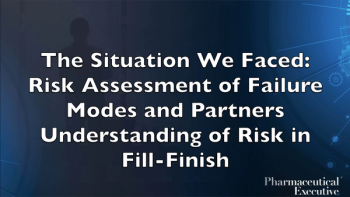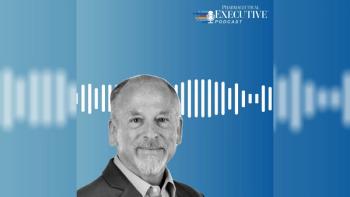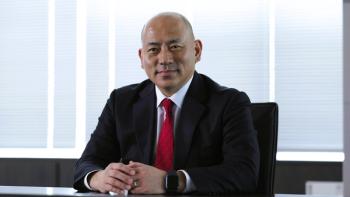Researchers continue to find new ways to use stem cells to create potential new therapies. Medipost is a biotech company developing new therapies based on umbilical cord derived stem cells. The company’s CEO Edward Ahn recently spoke with Pharmaceutical Executive about the company’s history and how it’s using these uniquely adaptable cells to develop new treatments.
Key Takeaways
- Medipost uses umbilical-derived stem cells to develop various therapies.
- New parents often donate cord blood to be used for research purposes.
- The vitality and performance of umbilical cord derived stem cells or mesenchymal stem cells are better than what can be obtained from adults.
What treatments are umbilical stem cells being used for?
Pharmaceutical Executive: How did Medipost get into developing umbilical-derived stem cell treatments?
Edward Ahn: Medipost was founded in Korea over 20 years ago, right around the time when cord blood banking became a thing. I did cord blood banking for my daughter when she was born, and the monthly fee on that came to about $30-a-year.
It’s become substantially more expensive now than it was back in 2001. Right when several companies were starting cord blood banking services in the United States, Medipost started a cord blood banking service in Korea. Now, we are the largest private cord blood bank in Korea and one of the largest private cord blood banks in the world. As the company was selling its cord blood banking services, some families decided to bank cord blood.
In the cases when families weren't interested in banking cord blood, we would ask if they were interested in donating their cord blood for science to develop therapies from. A lot of families said yes, and so that's how the company transitioned from cord blood banking into therapeutics.
PE: How did you decide to focus on cartilage degeneration?
Ahn: It wasn't decided all at once. The company is very much a clinical-science-oriented company, which means that we do a lot of clinical trials and in a wide variety of areas. While knee osteoarthritis is one area, we also have clinical programs for Alzheimer's, broncho pulmonary dysplasia, diabetic neuropathy, and we’re also developing oncology and autoimmune therapy assets out of the white blood cells in cord blood. Out of all of that, the knee osteoarthritis progressed the most rapidly, just in terms of understanding how to do the procedure, the models that are being used, and the adoption and pull from the clinical community, which advanced the most rapidly in Korea.
That was approved in Korea a little over 10 years ago. We've treated over 30,000 patients today, which is an enormous number of patients for cell therapy. Starting around 2022 is when we embarked on globalizing Cartistem out of Korea. We also started both US and Japanese programs around the same time (although the Japanese program progressed more rapidly than the US program). The last patient of the clinical study will be the end of this year, and then we hope to be starting the enrollment of a phase three clinical trial in the US around the around the same time.
PE: A lot of folks are rushing toward autoimmune disease for cell therapy. Why do you think you would be differentiated?
Ahn: The vitality and performance of umbilical cord derived stem cells or mesenchymal stem cells are better than what you can obtain from adults. The cells from the umbilical cord have essentially been in an isolated environment, so they haven't been exposed to a lot of antigens or undergone epigenetic changes. They're really as clean and pure as a cell type can be. That makes them highly privileged and able to process and adapt a lot more easily than adult immune cells. We use these immune cells as an allogeneic therapy versus an autologous therapy.
PE: You've treated roughly 30,000 patients with the cell therapy to date. Can you discuss the safety profile, dosing, route of administration, and everything that has been well figured out?
Ahn: For knee osteoarthritis, it's really about identifying the patient’s response. If osteoarthritis progresses too far, then that patient is a candidate for total replacement. There's nothing that we can do at that stage. However, it’s within a certain window (not too early, not too late) that we're able to go in and regenerate the knee and slow down or halt the progression of osteoarthritis. That's what we've seen in our real-world evidence data.
There really haven’t been any safety issues that have come up, and a lot of that is a combination of the route of administration and the therapy. The route of administration is a surgical procedure where we will go in and drill holes into the condyle, and then inject a compound of the stem cells and hyaluronic acid into those drill holes. It’s out of that that the cartilage will grow out and then resurface.





